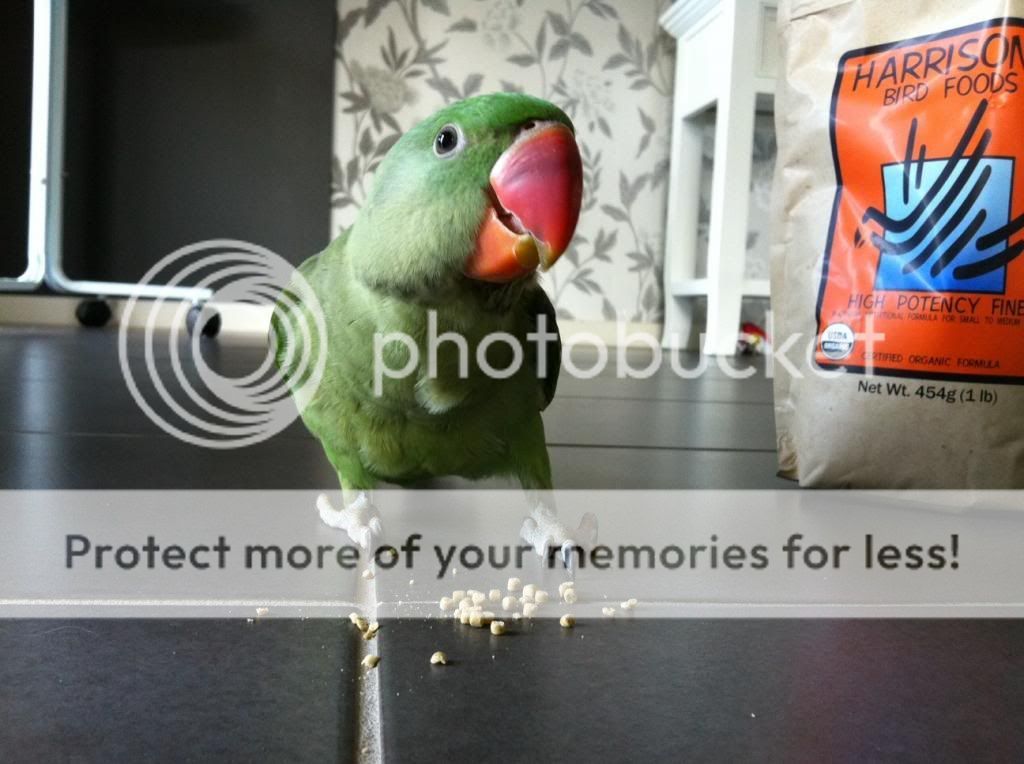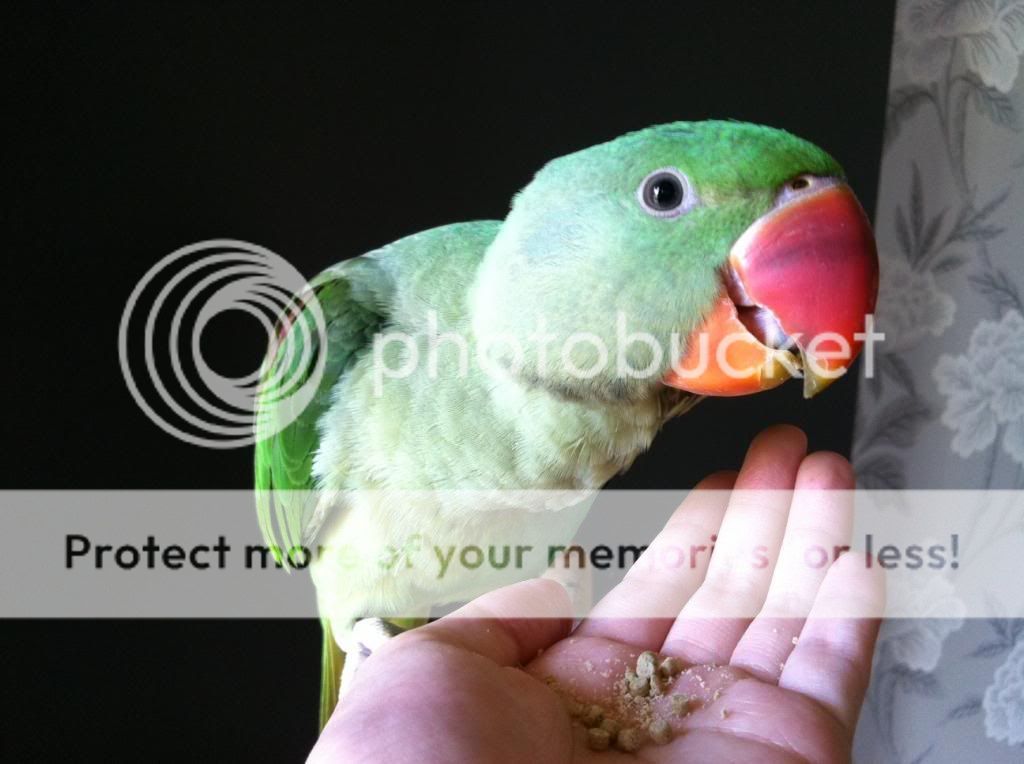Devann
New member
Hi,
I'm looking into switching both my girls to harrisons. looking on line, the fine is recommended for Vino's size and the course is recommended for the Greys. I'm wondering if I were to give them the same formula, does the size of the pellet make a difference in the nutritional content? currently, Vino's pellets are acutually bigger than the ones Spot has so I don't think the size would bother the actual birds too much.... Harrisons is a higher quality I think than what either are getting and it would make life easier if they were on the same ones...
Also, since Spot is a bit of a plucker should she actually be on the high potency one for a while???
I'm looking into switching both my girls to harrisons. looking on line, the fine is recommended for Vino's size and the course is recommended for the Greys. I'm wondering if I were to give them the same formula, does the size of the pellet make a difference in the nutritional content? currently, Vino's pellets are acutually bigger than the ones Spot has so I don't think the size would bother the actual birds too much.... Harrisons is a higher quality I think than what either are getting and it would make life easier if they were on the same ones...
Also, since Spot is a bit of a plucker should she actually be on the high potency one for a while???

